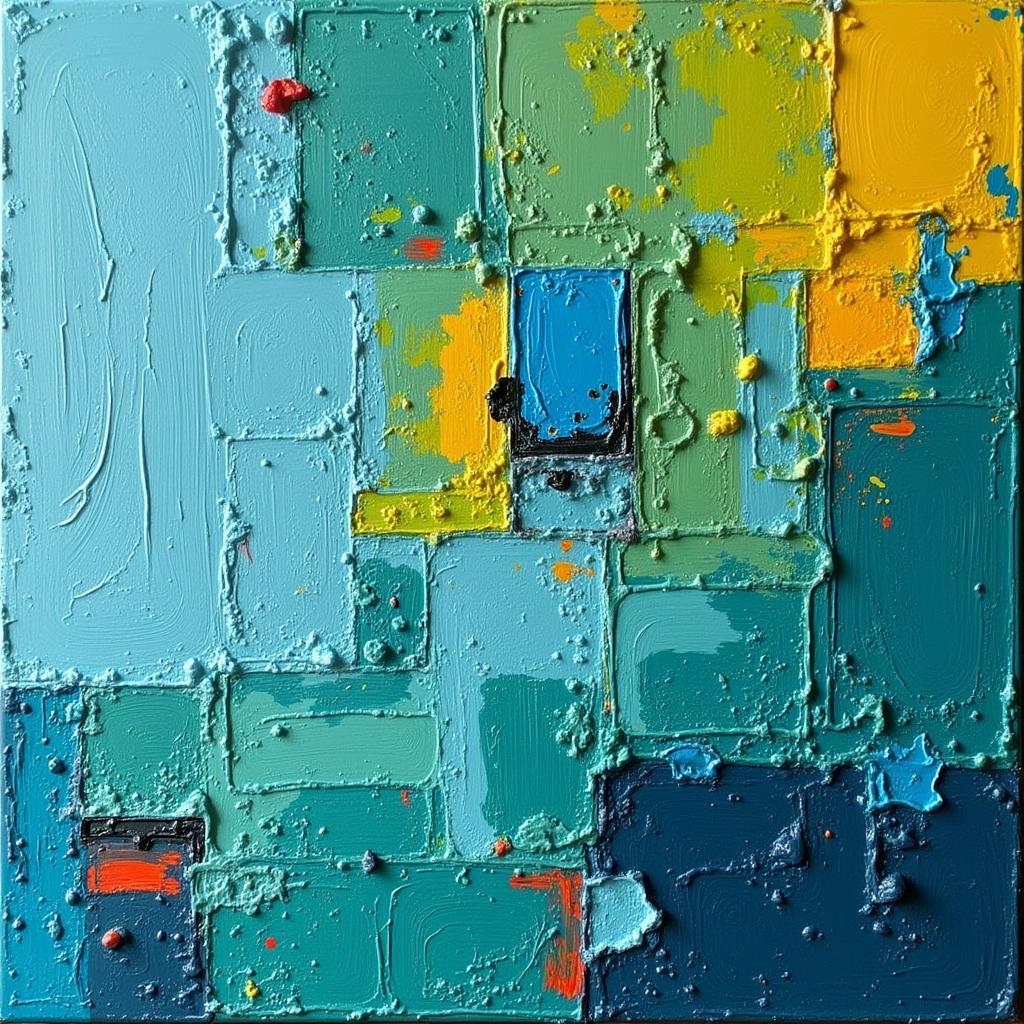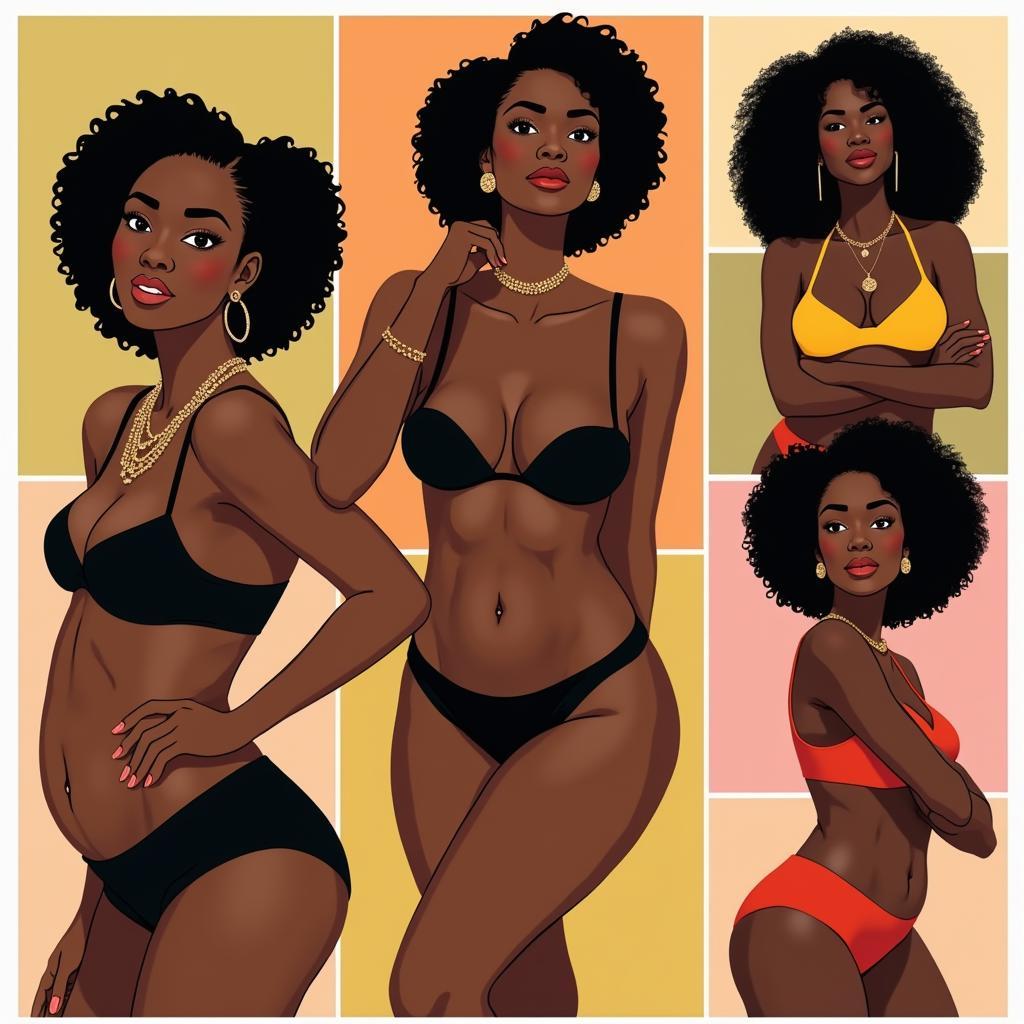The Rhythmic Art of African Drums: A Journey into Sound and Culture
African drums are more than just instruments; they are vessels of storytelling, carriers of tradition, and expressions of the very soul of a continent. This rhythmic art form has captivated audiences for centuries, weaving its way into the tapestry of African Life and culture.
A Symphony of Sounds: Exploring the World of African Drums
The diversity of Africa is reflected in the vast array of drums that resonate across the continent. From the deep, resonant tones of the djembe to the high-pitched talking drum (also known as shekere), each drum possesses a unique voice that contributes to the vibrant soundscape of African music.
The Rhythms of Life: Drumming’s Role in African Society
Beyond their musicality, African drums hold significant cultural and social importance.
- Communicating across Distances: Drums were used for communication long before modern technologies emerged. Their rhythms carried messages, announcements, and warnings, allowing people to stay connected across vast distances.
- Ceremonial Rituals: From weddings and funerals to festivals and ancestral worship, drums play a crucial role in many African ceremonies, enhancing the spiritual atmosphere and connecting people to their heritage.
- Social Bonding: Drumming fosters a sense of community and unity. It brings people together, allowing them to share emotions, express themselves, and celebrate their shared culture.
“Drums are not just instruments; they are the heartbeat of Africa. They are the voice of our ancestors, the rhythm of our lives.” – Dr. Amina Jabari, Ethnomusicologist
The Intricate Art of Drum Making
The creation of an African drum is a meticulous process, often passed down through generations.
- Master Craftsmen: Experienced drum makers, known as drummers, use traditional techniques and materials to construct each drum.
- The Importance of Wood: The selection of the right wood is critical, as it influences the drum’s sound and resonance. Woods like mahogany, acacia, and ebony are favored for their durability and rich tonal qualities.
- Animal Skins: The drumhead is typically made from animal skin, which is carefully stretched and treated to ensure a balanced and responsive sound.
The Drum’s Tale: Exploring Different Drum Styles
The diverse regions of Africa each boast unique drumming traditions.
West African Drums:
- Djembe: This iconic drum, known for its goblet-shaped design, is found throughout West Africa. Its versatile nature allows it to produce a wide range of sounds, from deep bass tones to sharp, high-pitched clicks.
- Talking Drum: The talking drum, with its hourglass shape and intricate lacing system, is used to imitate human speech. Drummers use their fingers to change the tension of the drumhead, producing different tones and rhythms.
Central African Drums:
- Ngombi: A large, barrel-shaped drum found in Gabon, the ngombi is often played in ensembles and is used in ceremonies and dances.
East African Drums:
- Tarabu: A small, handheld drum, the tarabu is popular in Tanzania. It is used in traditional music and is often played in combination with other instruments.
The Beat Goes On: Drumming’s Legacy and Future
African drumming traditions continue to evolve and influence music and art around the world.
- Global Influences: The rhythms and techniques of African drumming have found their way into diverse genres, including jazz, funk, and pop music.
- Contemporary Innovations: Modern artists continue to explore the expressive possibilities of African drums, pushing the boundaries of the art form and incorporating new elements into their creations.
- Cultural Preservation: Efforts to preserve and promote African drumming traditions are vital, ensuring that these powerful expressions of culture continue to resonate for generations to come.
The Rhythmic Heartbeat of Africa
The art of African drumming is a testament to the continent’s rich cultural heritage. From its ancient roots to its vibrant contemporary expressions, drumming continues to captivate and inspire, weaving a tapestry of sound that reflects the soul of Africa.
FAQ
-
What are some of the most common African drum types?
Some of the most well-known African drums include the djembe, talking drum (shekere), ngombi, and tarabu. -
How are African drums used in ceremonies?
Drums play a crucial role in many African ceremonies, enhancing the spiritual atmosphere and connecting people to their heritage. They are used in weddings, funerals, festivals, and ancestral worship. -
Are there any specific techniques used in African drumming?
Yes, African drumming involves various techniques, including hand position, striking patterns, and the use of different drum parts to produce unique sounds. -
What are some notable African drummers?
Some renowned African drummers include Baba Olatunji, Abayomi Adedokun, and Zakir Hussain. -
Where can I learn more about African drumming?
There are numerous resources available to learn more about African drumming, including books, online courses, and workshops.



